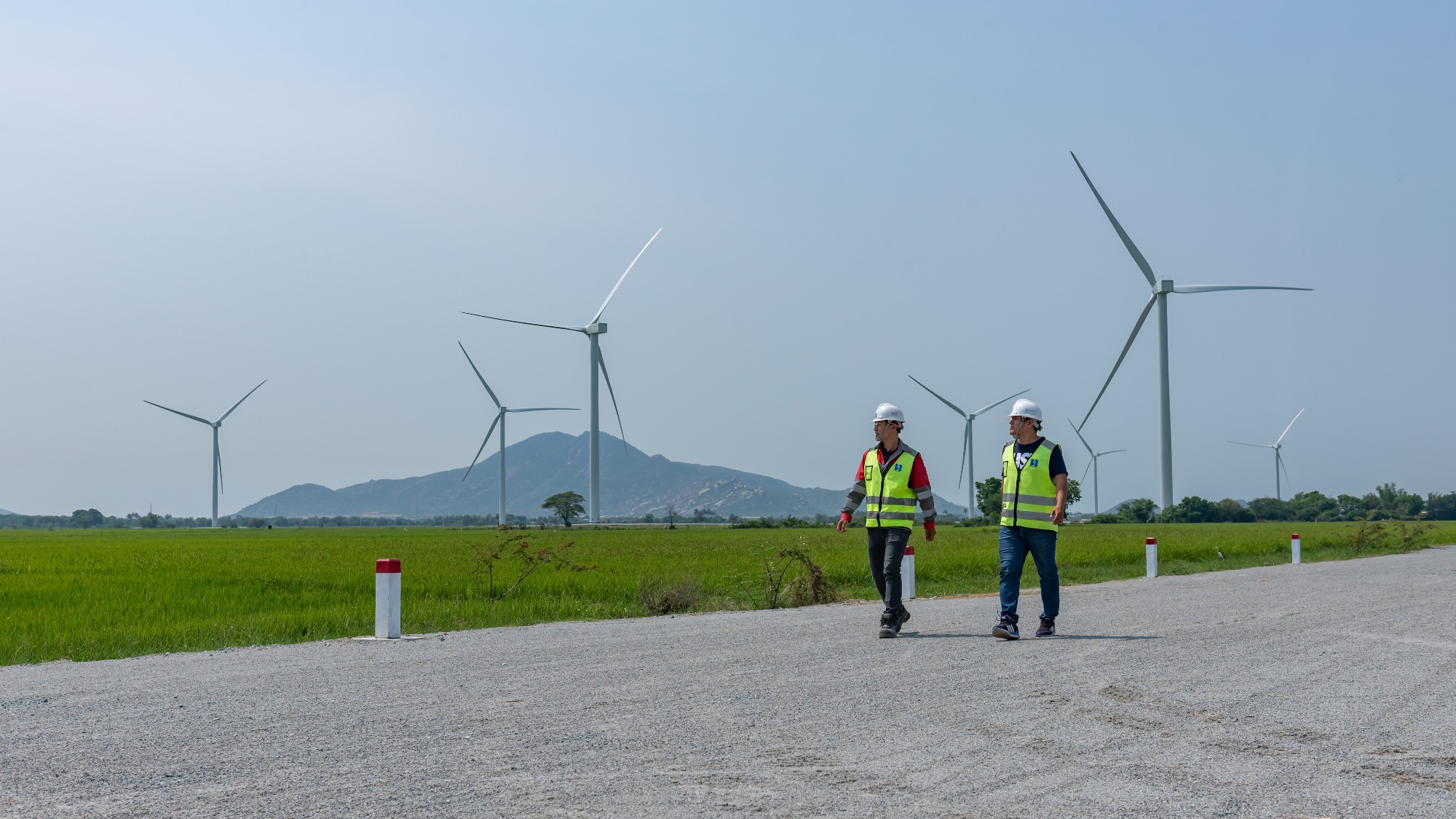
Repowering onshore wind - how real is the opportunity?
With the UK’s onshore wind industry calling on Government to establish a new strategy for the sector, a lot has been said of the potential for repowering existing projects and whether these projects can be delivered in a post-subsidy environment. Will Sheard, Global Due Diligence Manager, explores onshore wind's end of life options.
Whilst some owners may opt to repower, in the immediate future, many are instead looking to extend the life of existing equipment. Once life extension opportunities have been exhausted, owners will increasingly start considering repowering.
The UK’s subsidy mechanism coupled with the expectation of subsidy-free renewables mean that owners will need to consider lesser-utilized financing models. The long-term corporate PPA could become a real trend emerging over the coming years.
Repowering vs. Life Extension – the current state of play
With many onshore wind farms typically having 20 or 25-year design lives, owners are keen to maximize utility of existing assets and implement life extensions of five years, 10 years, or even more, as a cheaper alternative to repowering.
Technology has moved quickly, meaning that little of a project’s original infrastructure can be used as part of a potential repowering. With the need to decommission, reconstruct and deploy modern equipment, often repowering is comparable in both cost and manpower to building a brand-new greenfield project.
Bigger and better turbines would not be compatible with existing foundations and bigger machines also mean turbine spacing and layout needs to change, adding both planning and engineering costs.
For these reasons, owners are finding it more economical to extend the useful life of projects, rather than repowering.
Opportunity for the future
Whilst less common at present, in a future where life extensions are exhausted, repowering will become a much more credible option for onshore wind farm owners.
However, challenges will remain. The current subsidy mechanism in the UK has meant that onshore wind has lost out to offshore projects considerably. With no imminent change in government policy expected, coupled with the expectation that future renewable projects are to be delivered subsidy-free, onshore wind farm owners looking to repower will need to consider alternative financing models.
The long-term, corporate PPA could offer an attractive financing model for repowered future onshore wind projects. Gains realized through repowering at increased hub heights, MW capacity and availability, at the same time as losses being reduced, could provide investors and lenders with the price certainty they require. In the absence of subsidies these models may also become more common, particularly among projects small enough to be utilized by a single off taker.
Key takeaways:
- Instead of repowering, onshore wind farm owners are currently finding it much more economical to extend the life of their existing projects.
- As project life extension options are exhausted – and if the gains justify the costs – owners will increasingly turn their attention to repowering.
- With the expectation that future renewables delivered subsidy-free, the long-term, corporate PPA model could offer an elegant solution for both owners, investors and lenders alike.




